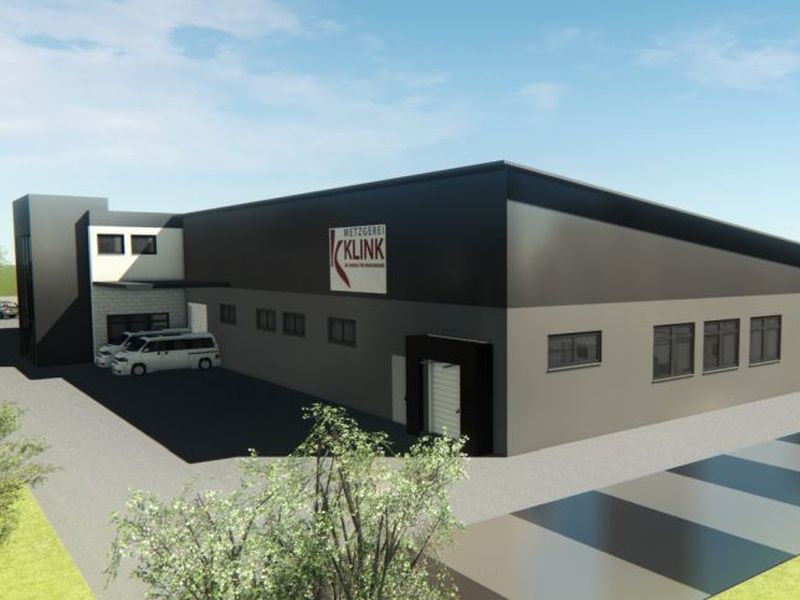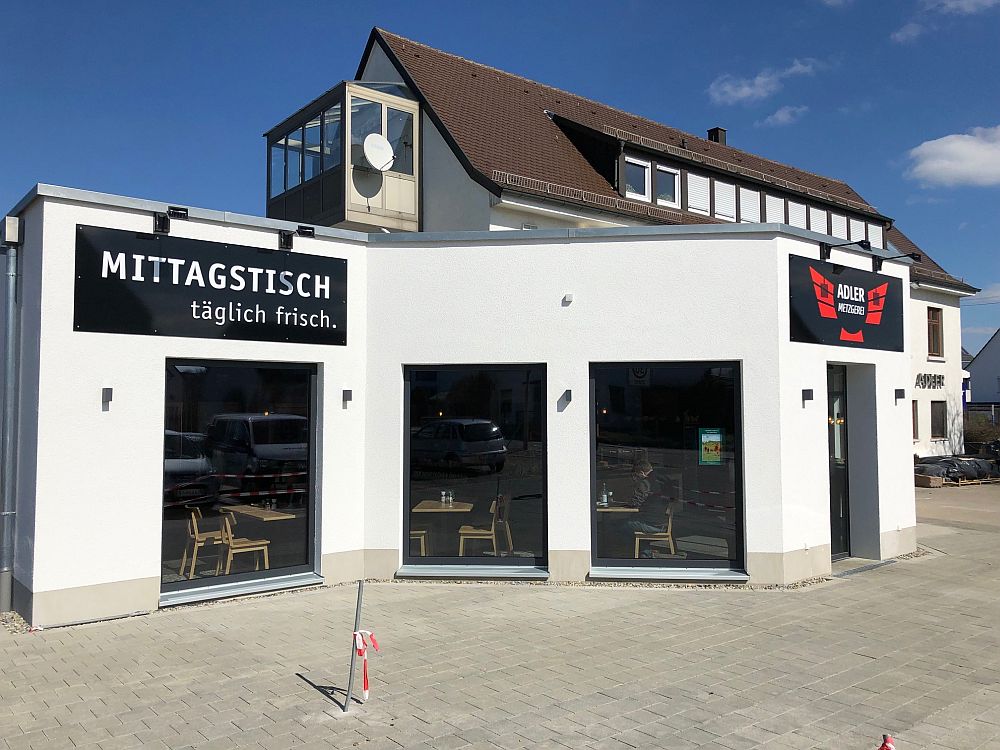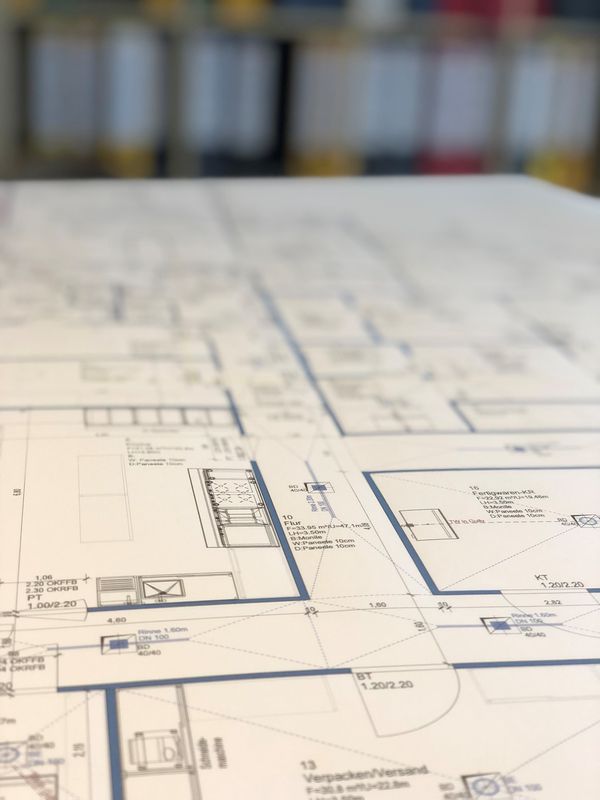Solid construction
High stability – Long lifetime – Flexible for future expansion
Solid construction in food processing plants
Solid structures are recommended especially in areas subject to heavy use, such as holding pens, smokehouses, kitchens or slaughter rooms.
They are more suitable for future extensions, e.g. by adding storeys.
Such structural measures are carried out in the form of precast concrete elements or with masonry.
Long life, better thermal balance, higher sound insulation and more flexibility for future extensions are among the advantages of solid construction.
Planning parameters
- Load bearing capacity of the substrate
- Requirements & regulations
- Air conditioning & thermal insulation
- Flexible future design
- Mechanical stress
- Funding framework
Examples of our planning

Butcher Klink
Place:
Planning & Completion

Butcher’s shop Hecht
Place: Lupburg
Planning & Completion

Butcher shop Adler
Place: Illerkirchberg
Planning & Completion
Materials of solid construction
If solid construction is the first choice, the builder decides between precast concrete elements and conventional masonry. Before starting construction, an expert should check the ground for its condition and load-bearing capacity. This avoids expensive ground improvement measures or additional concrete bored piles, which transfer the considerably higher loads of a solid construction into the subsoil.
Supply lines
A high degree of flexibility in the routing of water, electricity, process gases or compressed air as a challenge to the building structure must also be planned for. This is because it must be possible to lay new lines without any problems – for example, in the case of any machine park expansions – and must not impair hygiene under any circumstances. In addition, a slope suitable for operation and appropriate floor drains must be taken into account.
Ideally, the slope should be steep enough to allow water to flow to the drainage points without any problems. At the same time, it must not be too steep, otherwise safe and proper operation is prevented. In addition, the choice of drains and gutters is a criterion that determines the success or failure of a construction project. Whether square or round floor drains, slotted or grid gutters: What comes into question is most likely to be decided by a trained eye. And if you choose the wrong floor-wall or wall-ceiling connections, you can expect water penetration to cause damage to the building within a few years.

